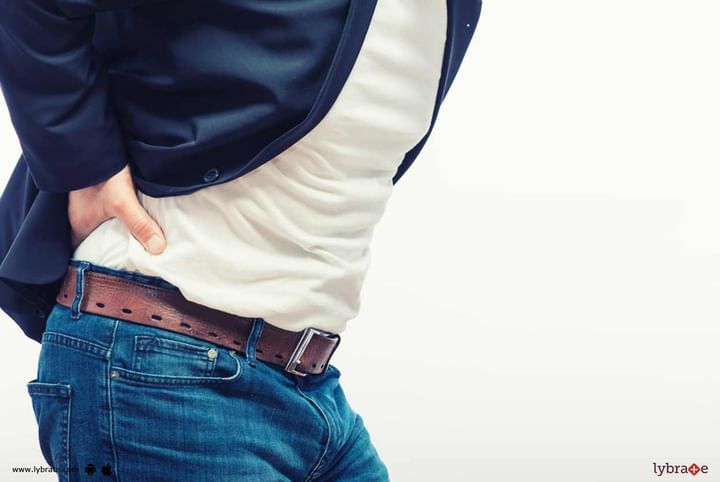Slipped Disc - How Can Ayurveda Avert It?
Herniated disc, bulged disc, protruded intervertebral disc (PIVD) are the different names of one condition. This is a condition where- disc in between the two vertebral bodies starts peeping out on one side- anterior or posterior. These discs are just like the bags filled with liquid material, which work like shock-absorbent. There are several hard bony vertebrae in the vertebral column and there is plenty of movements with these vertebrae. When we look on one side to other side, we look upwards, downwards or we twist and even we bend forward or backward in each and every condition, there will be a movement in these bones, these discs decide the free movements of the spine. Along with this- when we walk or run there will be shocks and jerks to all these bones and these bags decide that there won't be any kind of jerks in between the bones. So, these discs are of multiple uses.
Our spine is inverted “S” shaped. There are two main curvatures in the spine which are free to move- Cervical and Lumbar curvatures. These curvatures of the spine are maintained due to the spaces in between the two vertebrae. Whenever there is a loss or change (specially reduction) of this space between two vertebrae- pressure will be exerted on the intervertebral discs. This uneven pressure on the disc causes- protrusion/bulge/herniation of the disc- this is the condition known as SLIPPED DISC, in layman language. Why does disc slip
Generally, slipped disc condition is diagnosed by its signs and symptoms. When slipped disc starts exerting pressure on the nerves surround the disc- the nerve will be excited which gives the sensation of- Pain, Burning or Numbness in the related area of the nerve. This sensation can travel long far away to the areas, which are being supplied by the nerve and can be limited to a particular location in neck or back even. Sign & Symptoms of Slipped Disc.
Ayurveda about Slipped Disc
Where modern medical (Surgical) sciences believes that this is a problem of just bones and joints of the vertebral disc besides this Ayurveda takes a “Wholistic” (Complete and wholesome) approach towards this and tells that this is a problem at three levels-
- Mamsa Dhatu, Asthi Dhatu, Majja Dhatu!!
- These are different tissue levels according to Ayurveda- Mamsa is muscles, Asthi represents bones and the Majja denotes everything which is in between and in the bones.
- Mamsa (the muscles) starts stiffening due to the dryness – improper diet and imbalanced lifestyle and deteriorate the curvature of the spine- which leads to the deterioration of the intervertebral discs.
- Asthi (the bony tissue) is affected due to the muscles.
- Majja (the disc and the neural tissue- spine) is compressed due to the pressure and all effects.
So, we need to treat the condition, wisely and in a wholesome manner, rather just to removal of the protruded tissues (Laminotomy) and this is the basic reason- there are risks associated with the surgery of the spine and in almost more than 45% cases patients had to go for a second surgery to stay pain free. Why Surgery for spine doesn’t succeed. Secondly, this is a mechanical problem so medicines alone can give you temporary relief rather than the cure- So better you save your money and invest it on complete cure for the problem, rather than just taking the pain killers and medicines which were indicated in epilepsy to just reduce the signs and symptoms.



+1.svg)
